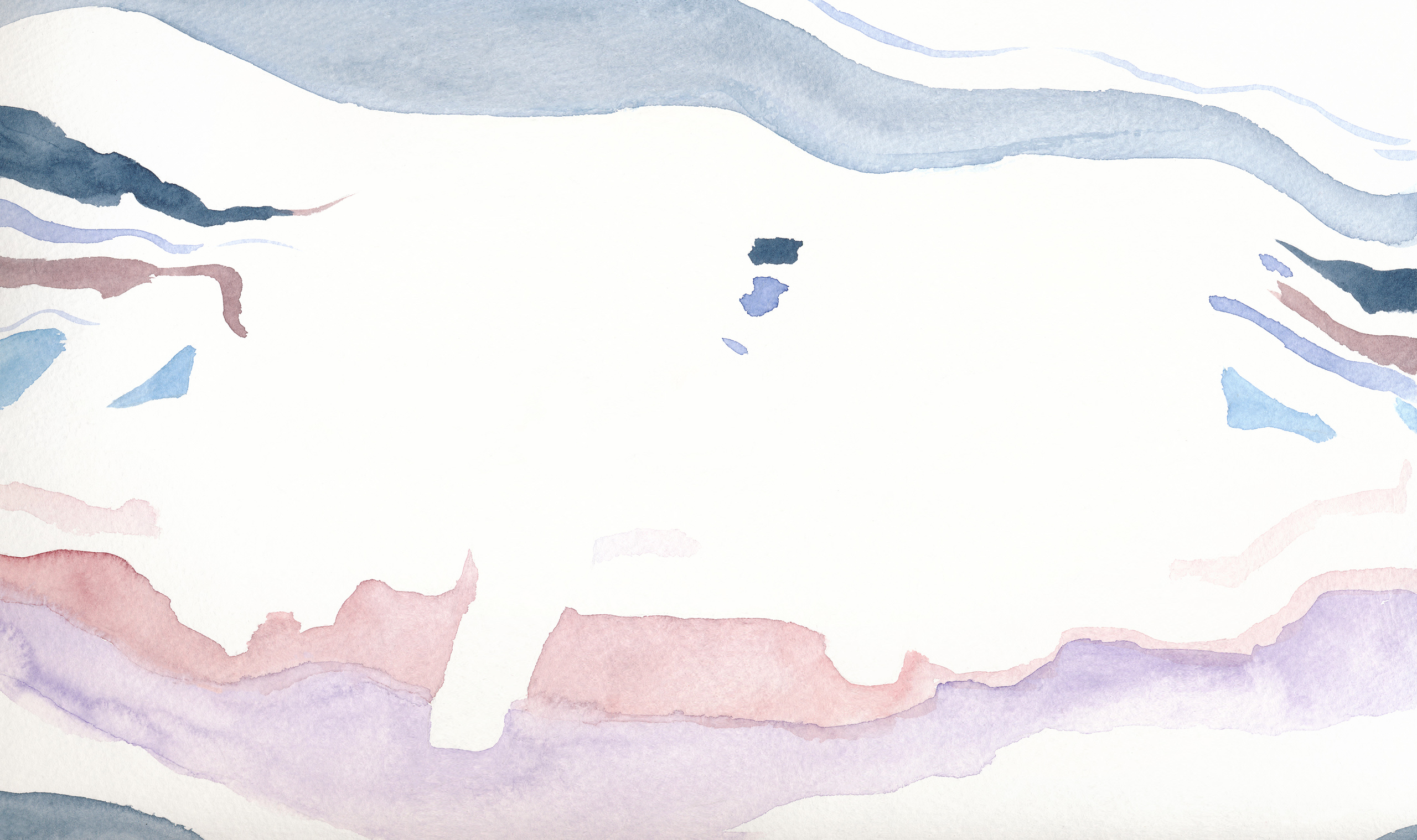Tips to Prevent Back Injury – The Iliopsoas Muscle
You may wonder why it might be a good idea to avoid double leg lifts, whether your knees are bent or extended, if you have a history of back pain. In yogic terms, this would include boat (navasana) and its variations.
Q: Why would double leg lifts re-injure the back?
A: Because of an unequal and excessive pull on the spine and hips by the iliopsoas muscles, considered to be the primary hip flexors.
The psoas major has its origins on the spine at vertebrae T12 and throughout the lumbar spine on L1 through L5. The iliacus arises on the inside of the hip bone, the ilium. They both attach on the femur on the lesser trochanter. They also serve as important postural muscles.
Let’s look at this more closely. In almost every patient that I have treated for low back pain or injury, including sacro-iliac problems and sciatica, she also shows a curvature, or rotation, of her spine. This curvature may be an acquired scoliosis, from injury or unequal use of the body over time. Overuse of the right side of the body is common — we live in a right handed world. (Quickly, what hand are you holding your mouse with?) Or, she might have classic scoliosis, called idiopathic scoliosis, which develops in children, usually around adolesence and seems to run in families. This means that the psoas muscles, arising from your low back, are pulling unequally on either side of the curve or rotation in your spine.
Further, the legs have weight. Together, they are approximately 40% of your entire body weight. In a 150 lb. person, if one leg weighs 150 x .20 = 30 lbs., then both legs together weigh 60 lbs.
In a double leg lift, whether you are lying on your back or in the boat pose, whether your legs are bent or straight, the psoas have to move and hold 60 lbs. This is exerting a pull of at least 60 lbs. directly on your back.
Think about it. If you lift, or worse, hold in an isometric contraction as we do in navasana, that much weight on an unstable back — a back which is rotated and uneven on top of an unstable and rotated pelvis — then does it make sense that you might feel or develop pain in your back?
Remember, an unequal pull of the iliopsoas muscles will only exacerbate an already unstable situation, leading to back strain, reinjury and pain. And, we haven’t begun to mention that the different fibers of the psoas, at its multiple insertions on 5 vertebrae in the low back, pull unequally at different points in the movement cycle.

